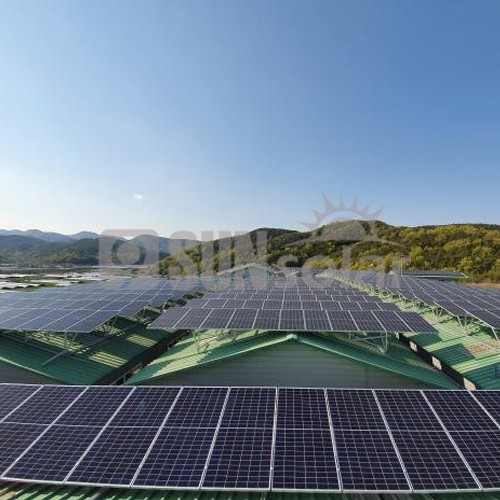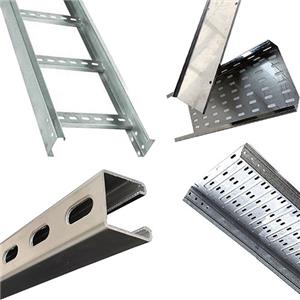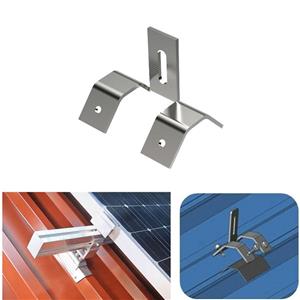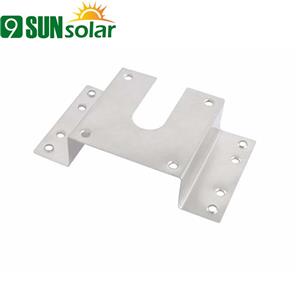Solar photovoltaic support components and requirements
Solar photovoltaic bracket is a special bracket designed for placing, installing and fixing solar panels in solar photovoltaic power generation systems.
Solar Photovoltaic Mounting Module
1. Bracket: A system used to support photovoltaic modules. Columns, supports, beams, shafts, guide rails and accessories made of metal materials may be equipped with transmission and control components in order to track the trajectory of the sun.
2. Fixed bracket: a bracket whose inclination and azimuth angle cannot be adjusted.
3. Single-axis tracking bracket: a bracket that rotates around an axis to track the sun.
4. Dual-axis tracking bracket: a bracket that rotates around two axes to track the sun.
5. Column: Connected with the foundation to support beams, shafts and guide rails.
6. Support: components used to strengthen the stability of columns, beams and rails.
7. Beam: A component used to support the guide rail.
8. Shaft: The component used to support the guide rail and adjust the angle of the guide rail (applicable to the tracking bracket).
9. Rails: used to support the components of photovoltaic power generation components.
10. Connecting rod: used for mechanical transmission parts between bracket and bracket and between bracket and power system (for tracking bracket).
11. Accessories: refers to the parts used for the connection between straight sections and between straight sections and bends to form a continuity support system necessary to connect and fix or supplement the functions of straight sections and bends. Divided into: straight connecting plate, hinge connecting plate, turning connecting plate, variable angle connecting plate, partition wall, pressure plate, fastener.

Solar photovoltaic support requirements
The photovoltaic support structure must be firm and reliable, able to withstand atmospheric erosion, wind loads and other external effects. It should have a safe and reliable installation, can achieve the maximum use effect with the minimum installation cost, almost free of maintenance, and reliable maintenance. A good bracket needs to consider the following factors:
(1) The strength of the material must withstand climatic factors for at least 30 years.
(2) It will remain unaffected in extreme weather such as snowstorms or typhoons.
(3) The bracket must be designed with a groove rail to place the wires and prevent electric shock.
(4) Electrical equipment must be installed in a non-environmentally exposed area and convenient for regular maintenance.
(5) must be easy to install.
(6) The cost should be reasonable. A high-quality bracket system must use computer simulation software for extreme weather conditions to verify its design, and conduct strict mechanical performance tests, such as tensile strength and yield strength, to ensure product durability.
- Industry News
- Company News
- blog




